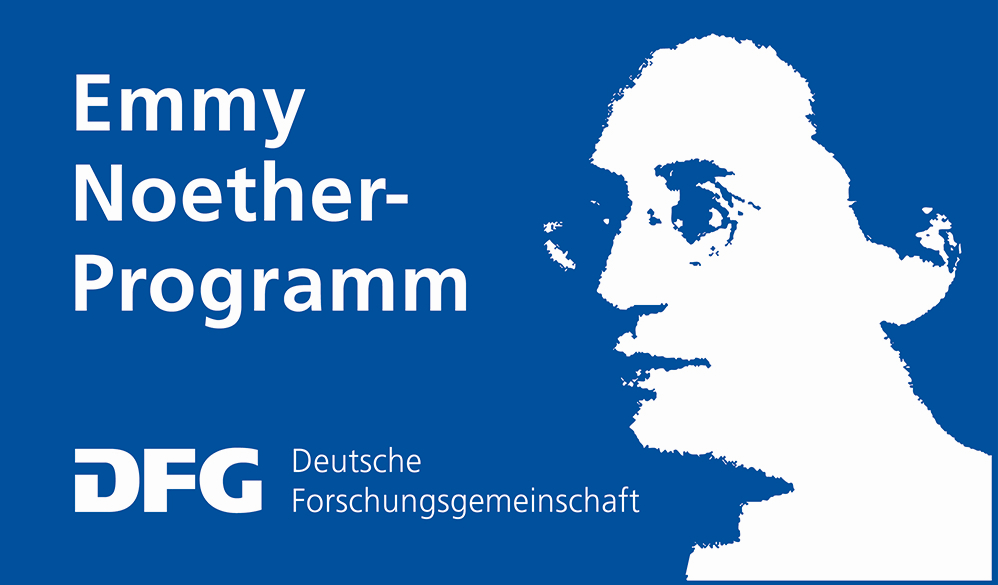The project examines how European films of the present and recent past represent and discuss phenomena of scarcity. It asks what images of precarity and exclusion are painted, what narratives are used to unfold the problems, and what propositions of empathy and reflection are made in the process. Using examples of European feature and documentary films (including newer 'post-cinematic' and web-based formats) of the last 25 years, the discursivizations of those phenomena will be examined that are part of everyday life in Europe and for which socio-structural causes are assumed: precarious living and employment conditions, unemployment and homelessness, child and old-age poverty, gender-specific problems, problems of (illegalized) migrants and refugees. In each case, the focus is not primarily on a comparison with the supposedly referenced reality, but rather on the specific modalities of the cinematic discourses, i.e., the cinematographic visualization techniques and their possible effects.
The research project consists of three subprojects. The first examines, among other things, the iconography of poverty, the use of cinematographic objects as synecdoches of the desire for necessities (food, clothing, means of transportation, but also culturally overdetermined objects), and the relationship to the characters.
The second subproject focuses on documentary works that are analyzed in relation to the ethical dimension and the question of the generalizability of what is depicted (between individual fate and general fact).
The third sub-project will explore how the diversification of dispositifs and digitalization in production, distribution and reception affect cinematic works and experiences of exclusion and precarity. Overall, the project aims to fill a significant research gap in film and media cultural studies and to introduce the discipline to new perspectives in a socially relevant field.
Visit the project website for more information.

![[Translate to englisch:] Nordrand (Spielfilm, R: Barbara Albert, 1999) (opens enlarged image) (opens enlarged image)](/fileadmin/_processed_/2/f/csm_Nordrand-Barbara-Albert_bf12679e97.jpg)
